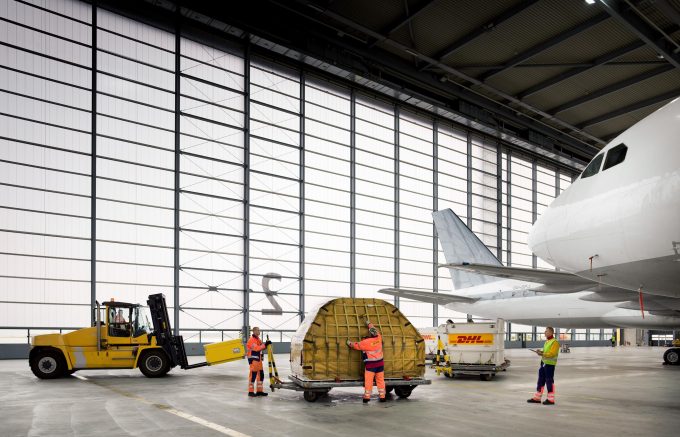Sudden spike belies 'boring' transatlantic airfreight market
On the face of it, transatlantic air trade between Europe and North America has been ...

Airfreight rates continue to plummet, but new product launches and improved faith in the US economy have left analysts divided on what the year-end will bring.
Xeneta’s Clive Data Services recorded July spot rates declining at a hastening pace of 40% “or ...

Comment on this article